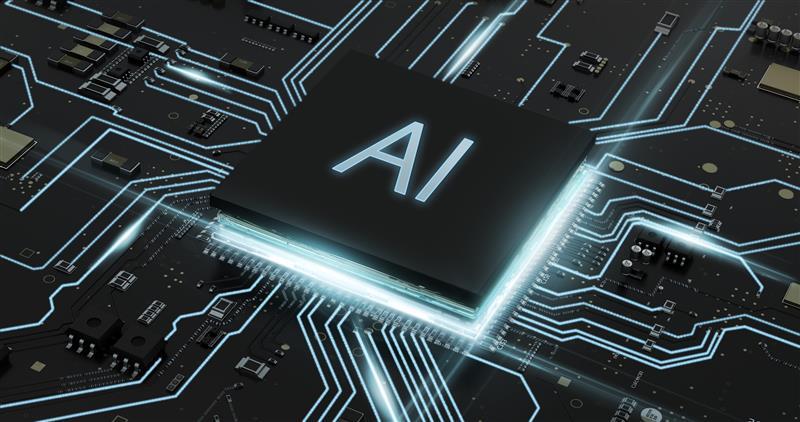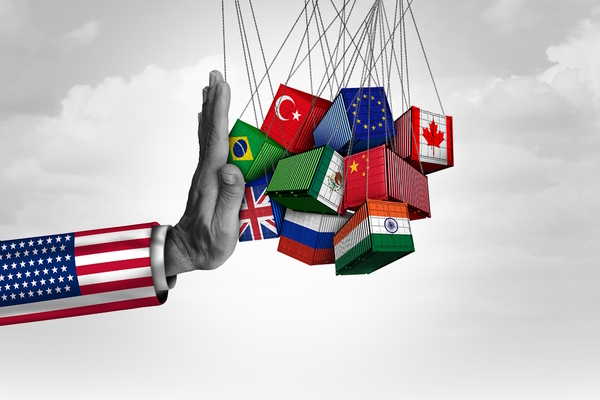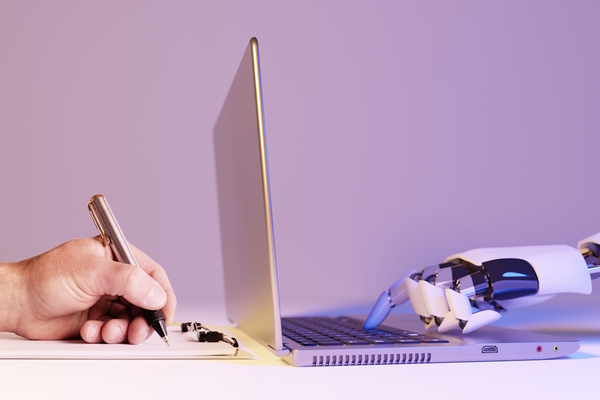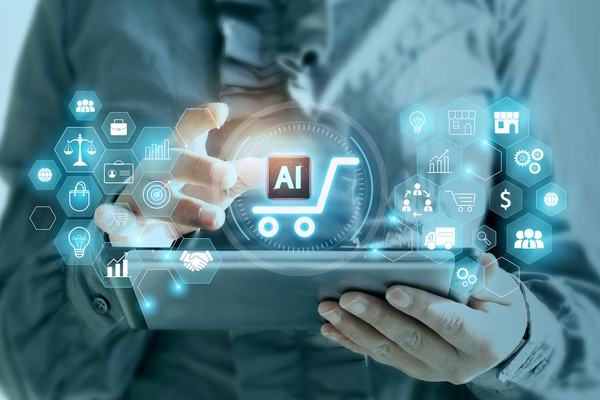The AI transformation in construction risk management
Sponsored by CMiCHow AI-powered predictive analytics are bringing enhanced cost control, safety and quality and proactive decision-making to supply chains

Construction has always been an industry fraught with uncertainties. From fluctuating costs and delayed materials to safety incidents and quality concerns, risk management in this industry has traditionally relied on experience, intuition and reactive problem-solving. But while these approaches have proved adequate in the past, today’s construction projects face unprecedented challenges: tighter profit margins, compressed timelines and increasingly stringent regulations.
In this high-pressure environment, artificial intelligence (AI) has emerged as a transformative force, shifting the industry from reactive problem-solving to proactive risk prevention. By leveraging advanced algorithms, machine learning and real-time data analysis, AI is revolutionising how construction firms identify, assess and mitigate risks across multiple fronts.
Predictive analytics: foreseeing cost and scheduling risks
Cost overruns and schedule delays have long affected construction projects. Traditional forecasting methods – relying on historical trends and manual calculations – often lack precision, leading to budget miscalculations and unforeseen disruptions.
AI-driven predictive analytics offers a more accurate alternative. By processing historical project data, supplier reliability metrics, labour productivity rates and environmental variables, machine learning models can identify risk patterns that signal potential delays. Supply chain bottlenecks, labour shortages and weather disruptions become predictable, allowing project managers to implement preventative measures before setbacks occur.
The adaptive nature of AI further enhances its predictive capabilities. As new data flows in, algorithms continuously refine their predictions, creating a dynamic risk management system that evolves throughout the project lifecycle.
Resource planning receives a significant boost from AI’s real-time data analysis capabilities. Construction sites generate vast quantities of information through equipment sensors, workforce tracking systems and material logs. AI processes this data stream to optimise resource allocation, preventing shortages and minimising downtime. Smart scheduling tools dynamically adjust project timelines, ensuring isolated delays don’t cascade through the entire construction sequence.
Financial oversight also benefits from AI integration. Algorithms scan procurement records, subcontractor bids and invoices for inconsistencies, flagging discrepancies before they escalate into budget overruns. When combined with real-time financial tracking, these tools provide construction firms with unprecedented visibility into spending trends.
AI-driven safety: preventing accidents before they happen
Safety concerns remain paramount in construction. Traditional safety measures – training programs, manual inspections and compliance checks – help mitigate hazards but often fail to prevent incidents proactively.
AI introduces a transformative approach to safety management through real-time risk detection and predictive threat assessment. AI-powered cameras analyse live video feeds from job sites, identifying unsafe behaviours. When these systems detect a risk, they trigger automated alerts to safety managers, enabling immediate intervention.
Wearable technology amplifies AI’s safety impact. Smart helmets and vests equipped with biometric sensors monitor worker fatigue, heart rate and environmental exposure. AI analyses these signals to detect signs of exhaustion or hazardous conditions, alerting supervisors when predetermined risk thresholds are crossed, thereby reducing accidents caused by human error.
Predictive safety analytics adds another protective layer. By analysing historical incident reports, weather patterns and project schedules, AI models identify when and where safety risks are most likely to emerge. This allows site managers to proactively adjust work schedules, reinforce training or implement additional protective measures in high-risk areas.
Compliance management also benefits from AI automation. Natural language processing tools review safety documentation and incident reports, ensuring regulatory standards are met while reducing manual paperwork burdens.
Quality control: minimising defects and failures
Construction defects lead to costly rework, project delays and potential structural failures. Traditional quality control methods – manual inspections, material testing and compliance checks – are effective but limited by human oversight constraints.
AI strengthens quality assurance through automated inspection processes and early inconsistency detection. Computer vision and deep learning algorithms analyse images and video from job sites, with AI-powered drones and robots scanning buildings for defects often invisible to the human eye. These systems detect cracks, misalignments and improper installations early, reducing expensive corrections later.
Material performance assessment improves through machine learning models that analyse supplier records, environmental conditions and past project outcomes. If materials show failure likelihood, AI flags them before installation, ensuring only specification-compliant materials enter the construction process.
Building information modelling (BIM) integration further enhances quality control. AI-enabled BIM platforms compare design blueprints with actual construction progress, triggering alerts for any deviations and allowing timely corrections. AI simulations also test structural resilience under various stress scenarios, ensuring compliance with engineering standards before material placement.
Supply chain and labour risk management
Supply chain disruptions and workforce shortages pose significant project risks. Traditional planning methods often fail to anticipate these challenges, relying on historical data and reactive decision-making.
AI-driven procurement systems analyse market trends, supplier performance and geopolitical factors to predict material shortages and price volatility. These systems recommend alternative suppliers, optimise order timing and adjust procurement strategies before disruptions occur, helping firms minimise supply chain-related delays.
Material tracking improves through AI-powered logistics platforms using RFID sensors and IoT devices to provide real-time shipment visibility. Automated scheduling tools adjust deliveries based on project timelines, preventing material shortages and excess inventory.
Labour shortage risks decrease through AI-enhanced workforce analytics that assess skill availability, predict labour gaps and recommend hiring or training strategies. These systems optimise workforce distribution by matching assignments with workers based on skill level and availability.
Automation further mitigates labour risks, with AI-powered robotics handling repetitive tasks such as excavation and bricklaying, allowing human workers to focus on higher-value responsibilities.
The human-AI partnership
Despite AI’s transformative potential, human expertise remains essential in construction risk management. The most effective frameworks integrate AI capabilities with institutional knowledge, ensuring that algorithmic insights align with on-site realities.
Successful firms combine AI risk assessments with superintendent evaluations, continuously validate models with field data and maintain transparent accountability structures across all stakeholders. This balanced approach leverages AI’s data processing power while preserving the irreplaceable value of human judgment and experience.
As construction firms increasingly adopt these technologies, they will not merely reduce project risks – they will fundamentally redefine how projects are planned, executed and completed. In an industry where margins are tight and expectations are high, AI-powered risk management represents not just an advantage but a necessity for future success.
For access to similar articles, please click here.

Business Reporter Team
You may also like
Most Viewed
Winston House, 3rd Floor, Units 306-309, 2-4 Dollis Park, London, N3 1HF
23-29 Hendon Lane, London, N3 1RT
020 8349 4363
© 2025, Lyonsdown Limited. Business Reporter® is a registered trademark of Lyonsdown Ltd. VAT registration number: 830519543





